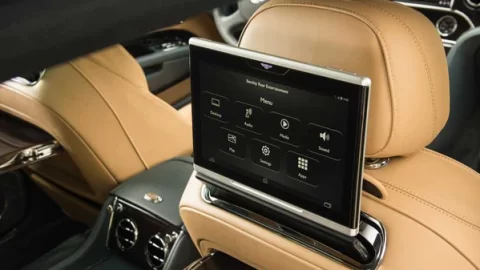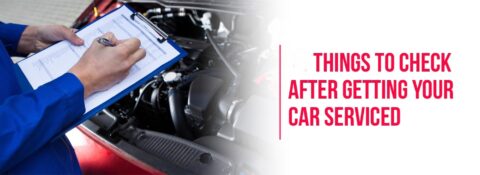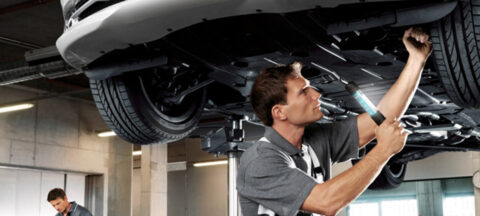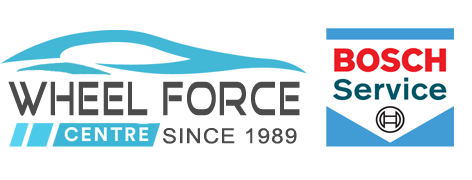
Have you ever wondered how cars were in the past? They certainly weren’t so advanced as they are now. Many of the features that we have on our everyday vehicles were previously only available in the most expensive, luxurious automobiles. The times have changed and us too, and are now so used to these features…

Mercedes-Benz can take pride in having created the first mass-produced vehicle. It has a long history of innovation and has pursued quality and engineering excellence with tenacity. Many customers believe that driving a Mercedes-Benz is proof that they have succeeded in life. Even by luxury automobile purchasers who choose vehicles from its rivals, it is…

The following is a list of things you should check depending on the time of year and season to extend the life and performance of your car. Some of these auto parts require routine maintenance, while others only require long-term care. Always adhere to the service interval record and maintenance schedule for your car. You…

Your engine and vehicle shouldn’t suffer too many negative impacts from the delay if your auto servicing is a little overdue, let’s say your suggested interval is 10,000 miles and you go 1,000 miles over this. Because of the circuit-breaker, many of us have had to put off getting our cars serviced. If you’ve always…

Regular maintenance on your BMW is necessary to keep it operating as efficiently as possible and to increase its longevity. The technique used by BMW to determine when each model needs maintenance is due is quite exact. There are a few easy actions you may take to see if your BMW needs maintenance. You can…

People frequently advise buying German luxury vehicles if you want one. It’s an overly brief response that only raises additional queries. But it’s fair to argue that modern German automobiles get praise for upholding such a high level of luxury. You would have a reasonable expectation when you pay the premium for a contemporary German…

Mercedes-Benz can take pride in having created the first mass-produced vehicle. It has a long history of innovation and has pursued quality and engineering excellence with tenacity. Many customers believe that driving a Mercedes-Benz is proof that they have succeeded in life. Even by luxury automobile purchasers who choose vehicles from its rivals, it is…

Although the Audi brand dates back to 1899, it wasn’t until Volkswagen acquired the business in the late 1960s that the automobiles started to become well-known internationally. This fast car has always been at the forefront of technology. Despite the fact that Audi has many positive qualities, its dependability is not one of them. High…

Mercedes-Benz has announced that it will launch its EQC electric car in India in 2020, which is a great news for the country because it will offer India its first-ever electric car. The EQC is just one of the many electric cars Mercedes-Benz has in the pipeline. You can look for mercedes service center delhi….

The world’s wealthiest people have a place to rest their weary heads on the journey between their rooftop helipad and their Hamptons house, thanks to the ultimate luxury vehicles like the 2023 Mercedes-Maybach S-class. These extremely wealthy people can select between twin-turbo V-8 or V-12 power-trains and luxuriate in an incredibly roomy and luxurious cabin….

